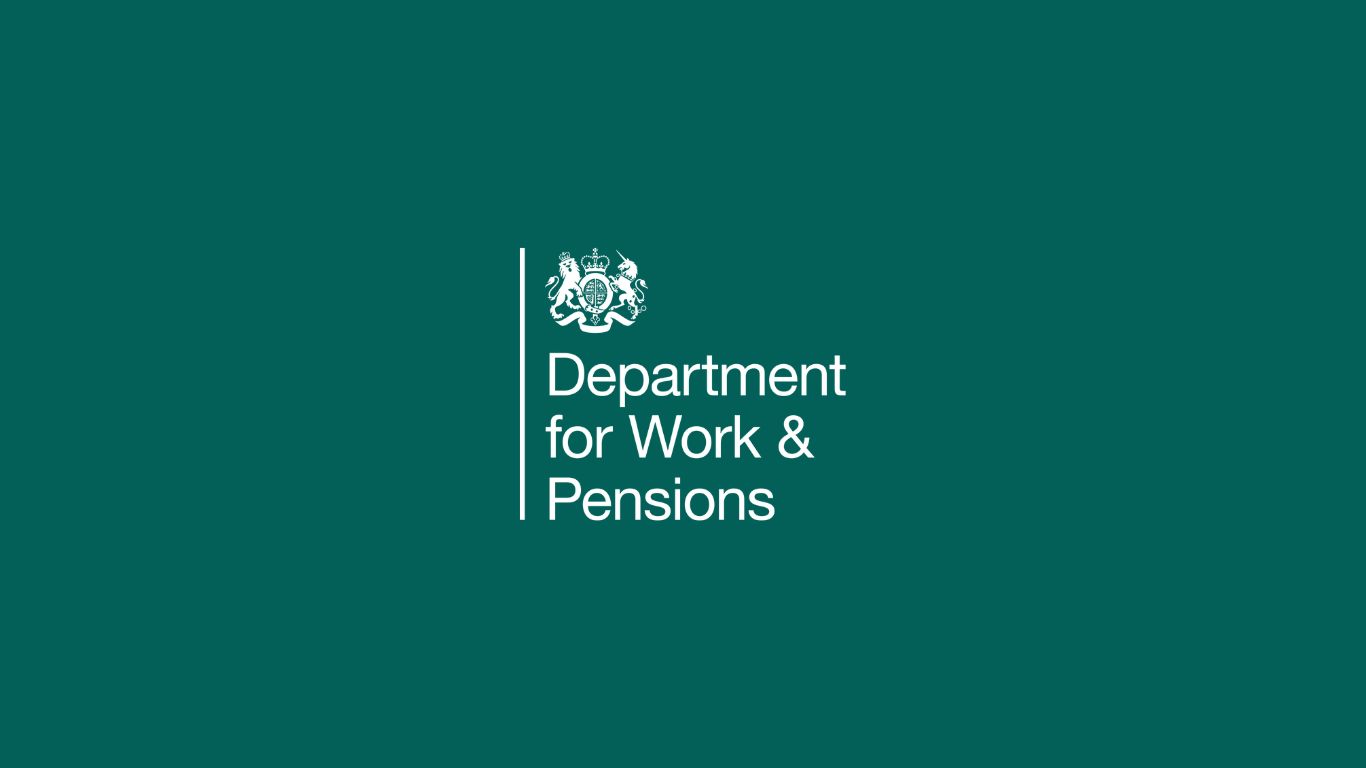Involving and engaging with the patient population and local communities
Involving and engaging with the patient population and local communities
The following CQC GP mythbuster has recently been released
GP mythbuster 108: Involving and engaging with the patient population and local communities
A summary of the mythbuster is below, the full article is here.
How GP practices engage and involve local communities in primary care is incredibly important, both in terms of reducing health inequalities and hearing and acting on feedback.
One of the principles of the NHS Constitution for England states that "The patient will be at the heart of everything the NHS does". This means involving and consulting patients, their families and carers on all decisions about their care and treatment. The service should also actively encourage feedback from the public, patients and staff to improve its services. Providers should support individuals to share decision making, and promote and manage their own health where appropriate. NHS services must reflect, and should be coordinated around and tailored to the needs and preferences of patients, their families and their carers.
This means patients should be seen as people with skills, ideas and knowledge that could benefit the whole patient population.
Patient engagement: how patients are engaged in primary care consultations regarding their health, care and treatment.
Patient involvement: how patients (both as individuals and groups) are involved in the design, planning and delivery of primary care services at the GP practice or health centre level.
Following the new Health and Care Act 2022, GP practices are now part of integrated care systems (ICSs). NHS England has set out a plan for how ICSs can work with people and communities. This will enable them to have:
- a stronger voice
- more information and control over their health
- more choice
- help to design services




